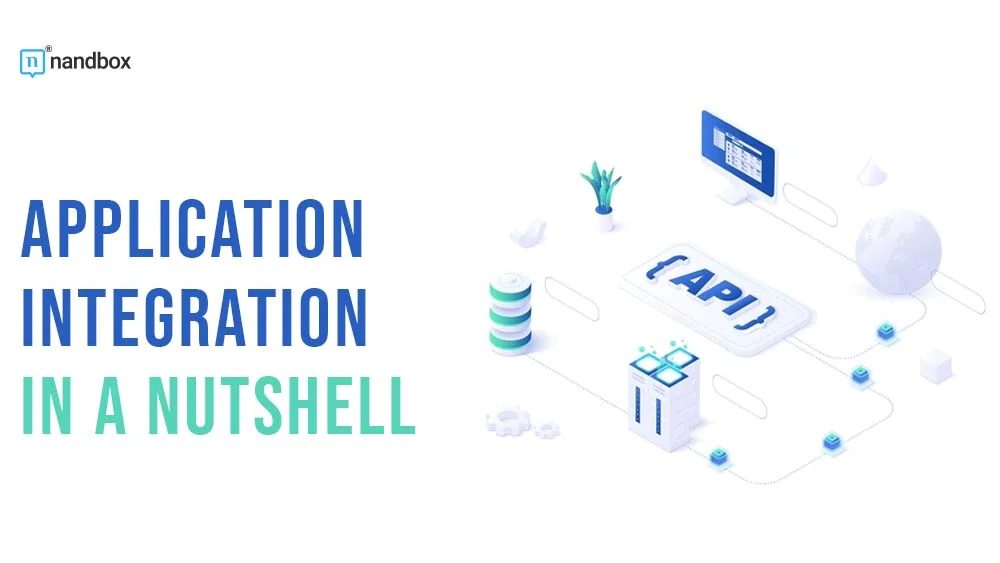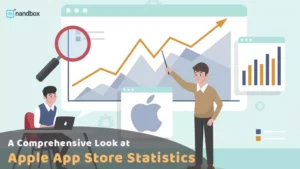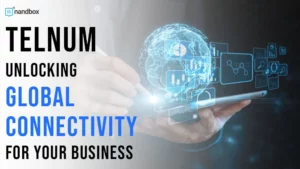Simplified Insights into Application Integration
Modern technologies demand modern solutions. One such solution is the seamless interaction of software applications. Which is the topic we will be discussing in this blog post.
Application Integration—What is it?
Application integration goes beyond cooperation. In addition, it fosters a unified environment where software applications collaborate and share information. It:
- Eliminates data silos
- Also, maximizes the potential of an organization’s technology stack.
Stats
In 2023, the Enterprise Application Integration Market will be worth around $13.21 billion. And it’s predicted to grow to about $27.33 billion by 2028.
Importance of Application Integration
Today, businesses rely heavily on diverse software solutions to manage:
- Business operations
- Customer interactions
- Data analysis
Also, without effective application integration, organizations often find themselves grappling with the following challenges or issues:
- Isolated pockets of data
- Redundant manual processes
- Limited visibility into their operations
Moreover, a retail company often employs separate systems for inventory management, online sales, and customer relationship management. Without integration, this setup could potentially lead to inefficiencies and discrepancies.
- Discrepancies in inventory levels
- Delayed order processing
- An inability to offer personalized customer experiences.
“However, when systems are connected, they can work well together. For example, if someone orders something online, the stock numbers get updated automatically. This keeps the stock information accurate.”
Different Types of Applications
Application integration covers various software applications. These applications can be categorized into:
- On-Premises Applications: These are software solutions hosted within an organization’s infrastructure. They include systems like:
-
-
- Enterprise Resource Planning (ERP) software
- Customer Relationship Management (CRM) software
-
- SaaS (Software as a Service): These are third-party applications. They are hosted in the cloud and accessed over the internet. They eliminate the need for on-premises installations and are updated automatically by the provider. Examples include:
-
-
- Google Workspace for Productivity
- Salesforce for CRM
-
- Legacy Systems: Older but proprietary applications still play a vital role in an organization’s operations. However, integrating legacy systems with modern applications is a common challenge.
Approaches to Application Integration
So, Let’s look into different approaches to application integration in detail, starting with:
Point-to-Point Integration
It involves direct connections between two applications. Each connection is custom-built. That is, to help in data exchange between specific systems.
Pros
- Simplicity: Direct connections are relatively simple to implement. Hence, you get straightforward integrations.
- Control: Developers have precise control over data flow between systems.
Cons
- Scalability: As more connections are added, the complexity grows, making maintenance challenging.
- Dependency: Changes in one system can impact multiple integrations.
Middleware Integration
Additionally, Middleware acts as an intermediary layer between applications. It uses message queues to store and manage data between applications.
Pros
- Centralization: Middleware centralizes integration logic and reduces point-to-point connections.
- Scalability: New integrations can be added without directly impacting existing connections.
Cons
- Complexity: Additionally, setting up and managing middleware can be complex, especially for smaller projects.
- Dependency: The middleware becomes a critical point of failure. Therefore, if it goes down, integrations may be disrupted.
- API-Based Integration
APIs offer standardized ways for applications to exchange data. Additionally, Representational State Transfer (REST) APIs use standard HTTP methods to enable communication.
Pros
- Standardization: APIs offer a standardized way for applications to interact. Therefore, promoting interoperability.
- Flexibility: RESTful APIs can accommodate various data formats. Also, suit diverse integration scenarios.
Cons
- Security: Improperly secured APIs can lead to data breaches. Also, they can lead to unauthorized access.
- Dependency: Integrations can be affected. That is, if the API provider modifies their endpoints or data structures.
- Event-Driven Integration
Event-driven integration focuses on the flow of data triggered by events. Moreover, data updates or user actions.
Pros
- Real-Time: Event-driven systems facilitate real-time updates. Additionally, they facilitate reactions to changing conditions.
- Loose Coupling: Systems are less dependent on each other. Initially, promoting flexibility.
Cons
- Complexity: Event-driven systems can become complex to manage. That is, because the number of events grows.
- Ordering: Ensuring the correct order of events can be challenging.
Successful Application Integration—Best Practices
Besides, Here are some best practices for successful application integration:
Clearly Define Integration Goals
Identify what you want to achieve through integration – whether it’s
- Automating a business process
- Improving data accuracy
- Enhancing customer experiences
Choose the Right Integration Approach Based on Needs
You must know the needs of the systems you’re integrating. Also, consider factors such as:
- Data volume
- Real-time requirements
- Connections’ complexity
Design with Scalability in Mind
Your integration solution should be able to handle:
- Increased data loads
- Additional applications
- Evolving business needs
Furthermore, scalability makes sure that your integration keeps working well as your organization grows.
Prioritize Data Security and Privacy
Ensure that your sensitive information remains protected by implementing:
- Encryption
- Authentication
- Authorization mechanisms
Implement Proper Error Handling and Monitoring
Build a robust error-handling mechanism into your integration solution. Because, a well-designed error-handling process ensures that issues are:
- Quickly identified
- Reported
- Resolved
Ensure Documentation and Communication
Document your integration strategy, as well as, architecture, and processes comprehensively. This documentation is invaluable for:
- Future reference
- Troubleshooting
- Onboarding new team members
Communication is crucial for a successful integration within teams that work together on different functions. Furthermore, these functions include:
- Developers
- Analysts
- Business stakeholders.
Bottom Line
In conclusion, as technology gets better, how applications work together is also changing. Moreover, this is where application integration will change the business dynamics.
Author: Boris Shiklo
The CTO at ScienceSoft since 2003, Boris has established high quality standards for software solutions and IT services. Boris ensures that ScienceSoft’s programming competencies are relevant to ever-evolving needs of businesses. Under his management, ScienceSoft has successfully started data science, big data, and IoT technology directions. Boris authored and co-authored more than 50 publications.”







